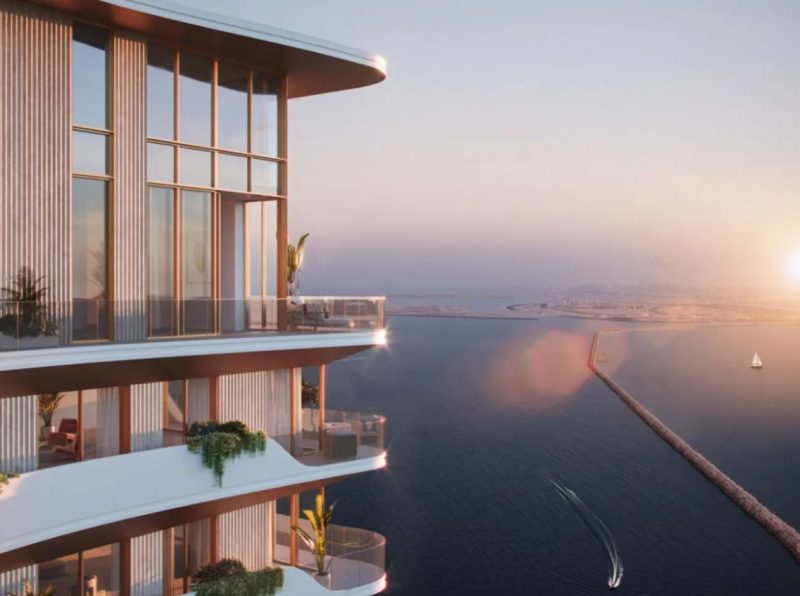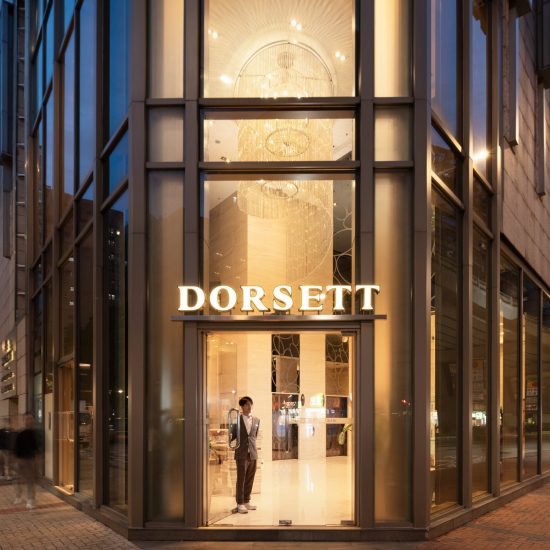
For decades, waterfront property in the Gulf region has been a byword for status and spectacle. From the palm-shaped islands of Dubai to the man-made canals of Lusail and the glistening marinas of Manama, waterfront developments have consistently defined the upper tier of the residential real estate market. They’ve also served as visual shorthand for national ambition and economic growth.
But as Gulf cities mature — and as both investors and end-users become more selective — the nature of waterfront living is beginning to shift. A growing number of developments now place less emphasis on grandeur and more on livability, urban integration, and long-term value. In short, waterfront real estate is moving from pure prestige to a more practical form of urban excellence.
A Strategic Asset, Not Just a View
Access to water has always been a driver of land value, but in the Gulf, the high price tag of waterfront property has historically been tied to symbolic capital. Owning a home on a man-made island or along a luxury marina has been about image as much as investment. These projects, while architecturally ambitious, often existed in relative isolation — islands in more ways than one.
Today, however, urban planners and developers across the GCC are re-evaluating how waterfronts function within the broader city. The focus is turning toward connectivity, density balance, transport access, and a mix of residential and cultural uses. The goal: to create walkable, high-quality environments that serve the people who live in them, not just the tourists who visit.
This shift is particularly evident in Dubai, Doha, and parts of Saudi Arabia’s western coastline, where newer masterplans emphasize cohesive districts over standalone icons.
Mid-Rise, Mixed-Use, and Measured Growth
One clear sign of this evolution is the increasing popularity of mid-rise, mixed-use waterfront developments. Rather than stacking hundreds of units into a single vertical structure, new projects are distributing value horizontally — through design, landscaping, and community-scale planning.
In Dubai, several districts that were once overlooked are being reimagined under this new paradigm. One example is Dubai Maritime City, a peninsula located between Port Rashid and Dubai Creek. Originally designated for maritime industry, it is now undergoing a gradual transformation into a residential and lifestyle district.
Within this context, projects like The Mural Beyond are noteworthy not for their height or density, but for their emphasis on sculptural design, limited unit count, and connection to their surroundings. The project offers just 85 residences across eight floors, many with views of the coast and skyline, and is shaped to follow organic forms rather than imposing vertical lines.
This approach is particularly evident in Dubai Maritime City, where design-focused residential projects are emerging as part of a more measured and livable urban model. One such development, often searched for under the term The Mural Maritime City, highlights how architectural identity and smaller scale are becoming competitive advantages in waterfront planning.
A Regional Trend Toward Intentional Design
Beyond the UAE, similar shifts are visible in other Gulf markets. In Qatar, Lusail’s Marina District is pivoting toward public spaces and community-scale buildings after years of high-rise development. In Saudi Arabia, new waterfront zones in Jeddah and NEOM are being planned with ecological buffers, low-impact designs, and broader public access in mind.
These projects reflect a changing mindset in both public-sector planning and private-sector development. The region’s leadership understands that long-term value in real estate comes not just from iconic silhouettes, but from environments that people want to inhabit — and remain in.
Developers are following suit. The Mural by Omniyat, for instance, leverages its mid-rise format not as a constraint, but as a design opportunity. The building’s flowing façade and landscaped terraces respond to light, wind, and view corridors — creating a more personal, livable scale of luxury.
By prioritizing form and function equally, such projects are positioned to serve both high-net-worth individuals and discerning residents seeking quality without overstated branding.
The Investor Perspective: Stability and Scarcity
From an investment standpoint, this move toward practical waterfront development is also driven by fundamentals. Smaller, well-designed projects often offer higher per-unit returns, especially in rental markets where location and lifestyle drive occupancy.
Moreover, scarcity plays a role. Gulf cities are increasingly limited in prime waterfront land, particularly in areas with established infrastructure and urban proximity. This creates a strong case for holding property in developments that offer both exclusivity and usability — rather than speculative scale.
Waterfront property in the Gulf will likely always carry an aura of prestige. But what prestige means — and how it is built — is changing. Today’s leading projects are no longer just about the view, but about what that view is part of: a functional, coherent, and sustainable urban life.
As cities from Dubai to Doha and Jeddah continue to grow, the most successful waterfront developments will be those that offer not just a postcard, but a place to belong.
Also published on Medium.



